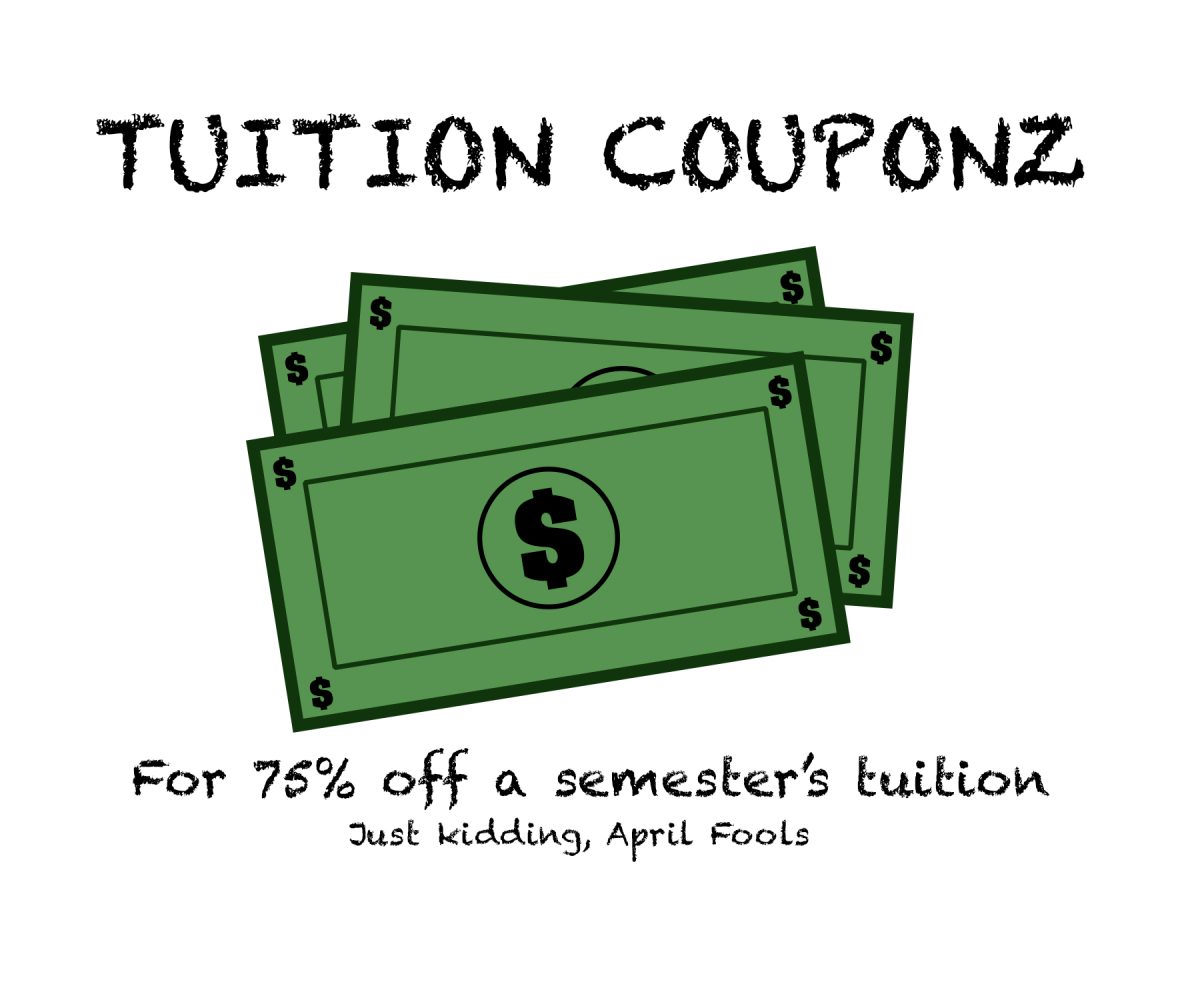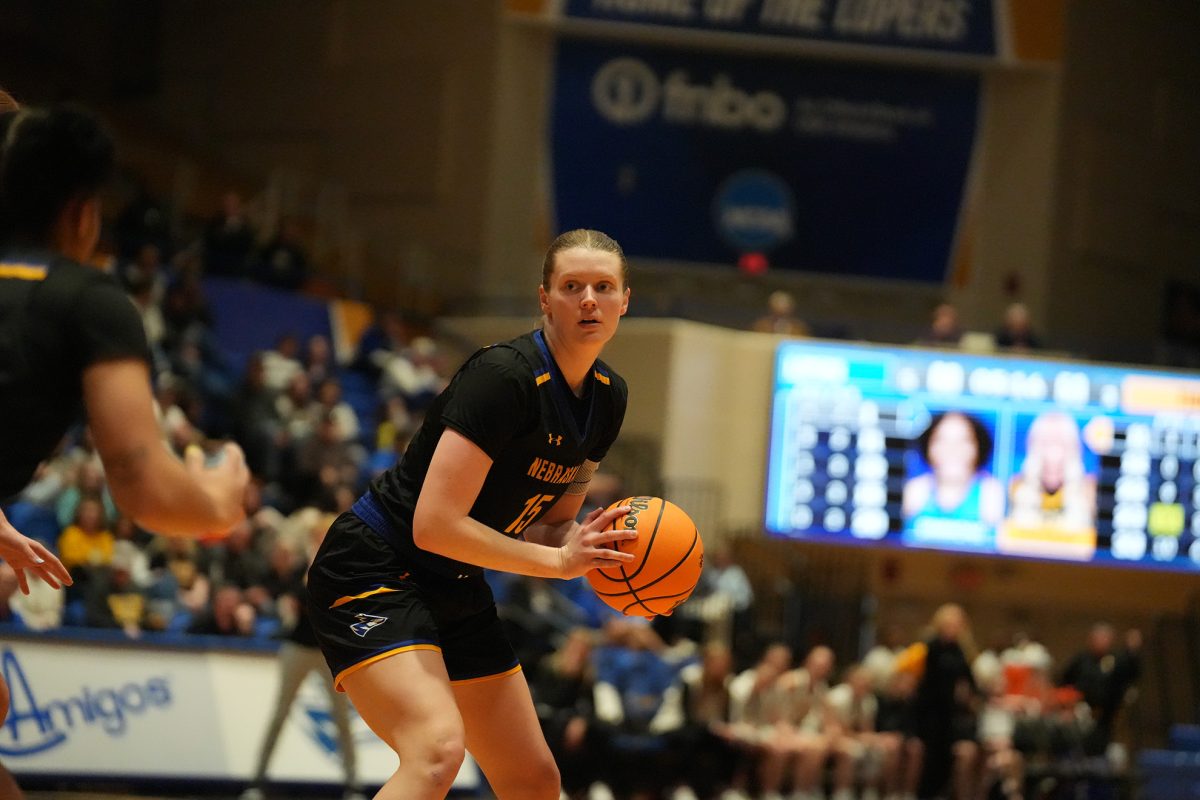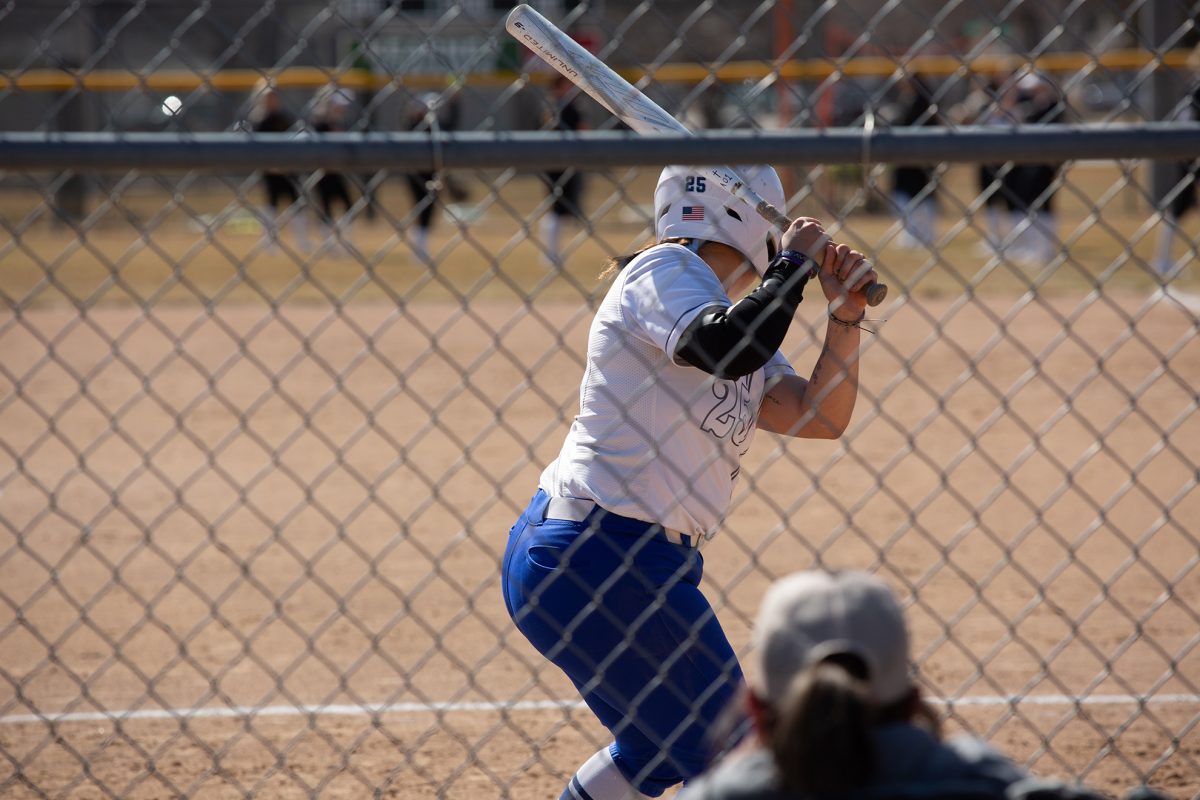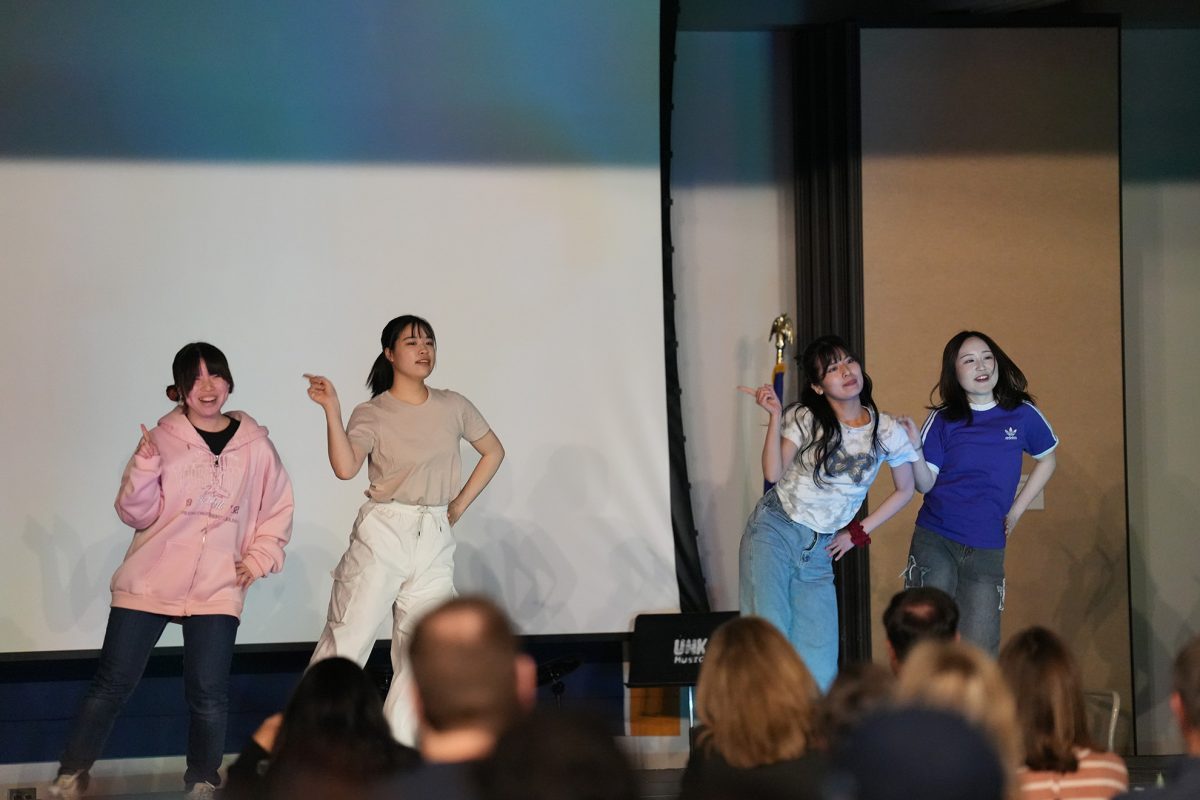sterlingb2@lopers.unk.edu
Like golf, but different.
Logan Grose is in his happy place when he is outdoors flinging discs toward metal chain cages. Ever since discovering disc golf in high school, the wildlife biology senior embraced the sport’s culture even more after coming to college.
“Disc golf became very popular over the last few years since it was listed as a COVID-safe activity by the (Centers for Disease Control and Prevention),” Grose said. “It has been really great for the community both locally and nationally.”
Disc golf is played like golf, but players use a flying disc instead of a ball and clubs. A disc golf hole begins from a tee area and ends at a target, which is an elevated metal basket.
When Grose first came to UNK, he did not know of a community of disc golfers around campus, so he grew his love for the sport by himself, along with some locals he met on the courses.
Grose said the most popular courses in Kearney are Centennial Park, which is a lower-level course, Hillside DGC, which is an intermediate course and Cottonmill Park Disc Golf Course. Cottonmill is a premier course in Kearney and one of the highest-rated courses in the state.
Grose was then introduced to UNK’s disc golf intramural team, but noticed that it was not created with a competitive intent. The league, made up of 10 people, played at Centennial every week for four weeks, and they would shoot two rounds.
Logan saw that the course did not challenge the experienced players as much as the other two courses.
After being a part of the league for two years, Grose was motivated to make a change and went to the current intramurals coordinator, Jack Scrimger, to improve the disc golf league. After brainstorming ideas with a few members, changes were implemented.
“Prior to this year, our (intramural) disc golf league was set up for participants to mostly play on their own,” Scrimger said. “Starting this spring, I adjusted the structure so players had more freedom to throw at all the courses in town and still have scores they can submit.”
The new format allows participants to play any of the three courses in town, and it provides handicaps to scores depending on which course is played. A golf handicap is a numerical measure of a golfer’s potential that enables players of varying abilities to compete against one another.
The structure of the season also changed from being a three-week regular season and a three-week playoff season, to now having five weeks to submit six scores followed by a week of playoffs.
During the playoffs, groups are split into A, B and sometimes C brackets based on preliminary scores. Then players were placed into a group of two or three. Other players were asked to find a time to play together.
“While not every group met, the new structure succeeded in creating meaningful interactions between students that will hopefully last until our next disc golf season,” Scrimger said.
More than 20 participants have joined since the additions were made to the league.
“All you need to play disc golf is one disc and a course,” Scrimger said. “I also love that unlike traditional golf courses, disc golf courses are extremely unique from one another because they use the natural landscape to form the course, such as the trees, rocks and elevation.”



